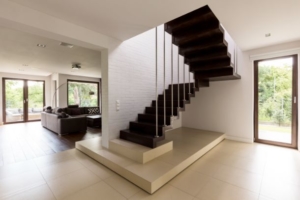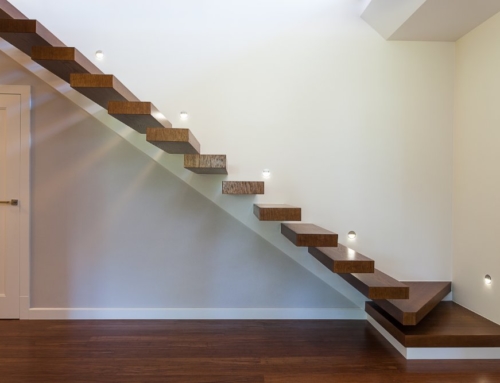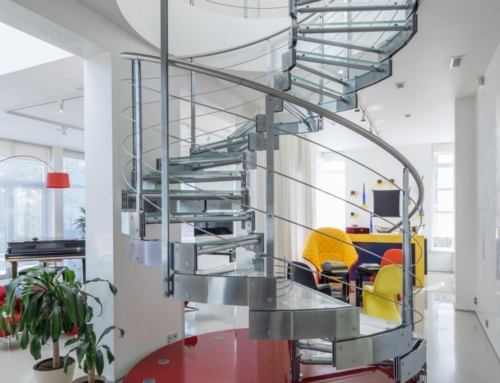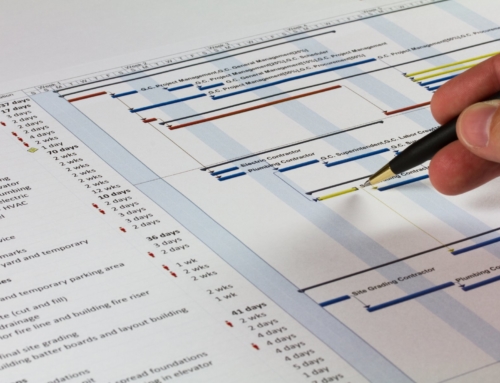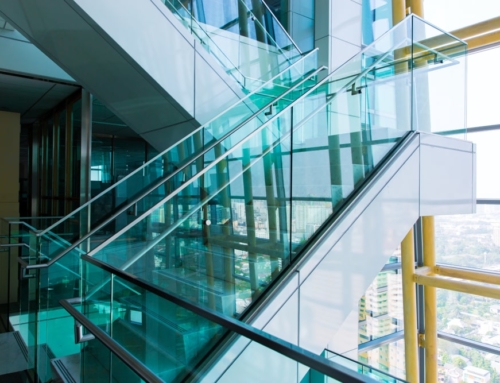For some, a staircase is merely a necessity that connects one level to another, something you don’t really have to think about…but we believe it can be so much more. In fact, your staircase can be anything from an abstract, Avant Garde installation through to a sweeping statement of traditional grandeur.
Using contrasting materials for a staircase in your home is a great way to make an architectural impact or bring a pop of personality to your interior space.
DDC London has years of experience when it comes to creating custom and creative staircases for both commercial and domestic clients, and these are our tips for choosing contrasting materials for your new stairs.
Go bold and beautiful with a bespoke staircase
As experienced staircase designers, we know what works and what doesn’t. We’ve worked on countless projects in every kind of building imaginable, from a mesmerising marble staircase in Moor Park, to mammoth metal staircases in university buildings and offices.
You can take advantage of our expertise in understanding how different materials can work together and complement each other, including glass, metal, timber, concrete, and even leather.
We’ll work with you to determine not only the right materials, but the perfect colour and construction for your design, before getting to work on producing a 3D model and photorealistic visualisations so you can tailor and tweak your vision.
Allow an ornate building to evolve with a sympathetic staircase
One thing we love doing at DDC London is working in historic buildings where clients want to bridge the gap between old and new. Our range of refined materials allow us to create seriously stylish staircases that can both sympathise or stand out in their surroundings.
Typically, staircases in historic buildings are a combination of marble and metal or timber and metal, and while they contrast, they work together in harmony to create centrepiece stairs.
We also work with our clients to tackle and overcome other issues, such as letting light down into lower levels with floating steps or utilising the available space with sophisticated spirals.
